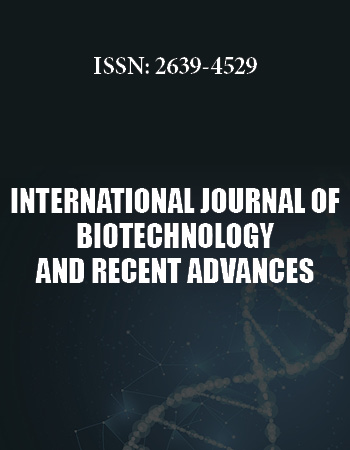European Microbiology Research Conference
December 3-4, 2018 Valencia, Spain
Genes Encoding Adhesion and Biofilm Formation in MRSA in Palestine
1Al-Quds University, Israel
2Al-Quds Public Health Society, Israel
Introduction: Staphylococcus aureus ability to produce biofilm and adhesion makes them resistant to antimicrobial therapy. The current study aims to characterize MRSA strains and to determine the prevalence of genes encoding adhesion factors and biofilm formation, also their correlation with drug resistance.
Methodology: A total of 248 isolates of MRSA were collected from Palestinian patients, during 2015 to 2017. Biofilm formation was studied by microtiter plate assay, the strains characterized by staphylococcal chromosome cassette mec (SCCmec) typing, and screened for the bbp, cna, ebpS, eno, fib, fnbA, fnbB, clfA, and clfB genes that encode microbial surface components recognizing adhesive matrix molecules and icaD/icaA, bap and the staphylococcal accessory regulator (sarA) and agr group genes that associated with biofilm formation.
Results: The majority of isolates harbored SCCmec type IV, which is common in community-acquired MRSA strains. Most isolates also showed resistance to more than four of the tested antimicrobials. The results demonstrated that all (100%) of isolates were biofilm producers by the quantitative microtitre plate assays. The distributions of biofilm formation between isolates were 21%, 46.4%, 32.7% as high, moderate and weak, respectively.
All of the strains harbored icaD/icaA genes and produced biofilm (P<0.05). None of the isolates harbored bap. Furthermore, 94.8% of isolates were positive for eno, 80.2% for each clfA, clfB, 78.2%, for fnbA, 76.2% for ebps, 62.2% for fib, 39.9% for cna and 29.0% for fnbB. Further, nearly 69.8% of the isolates were found positive for the gene sarA. All four agr groups were present; agr group 1 was predominant (39.5%) but agr group 2 strains carried more toxin genes and were more frequent toxin producers.
Conclusions: These results are important for epidemiological studies involving MRSA infections. Our findings showed that the MRSA carriage is high and the genetic variations of adhesion genes require further investigation.
Biography:
Kifaya Azmi has completed her PhD from Charite University School of Medicine, Berlin. She is one of the staff members of Al-Quds University, faculty of medicine, Teaching biochemistry and molecular biology. Recently working on MRSA project, published more than 35 papers in reputed journals.


